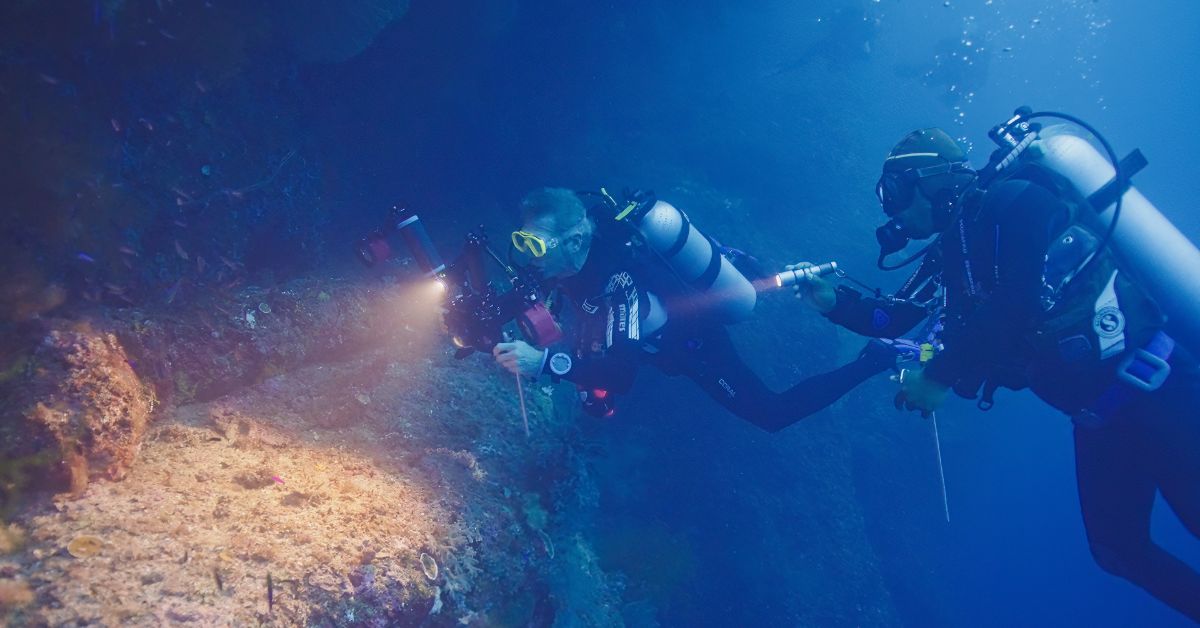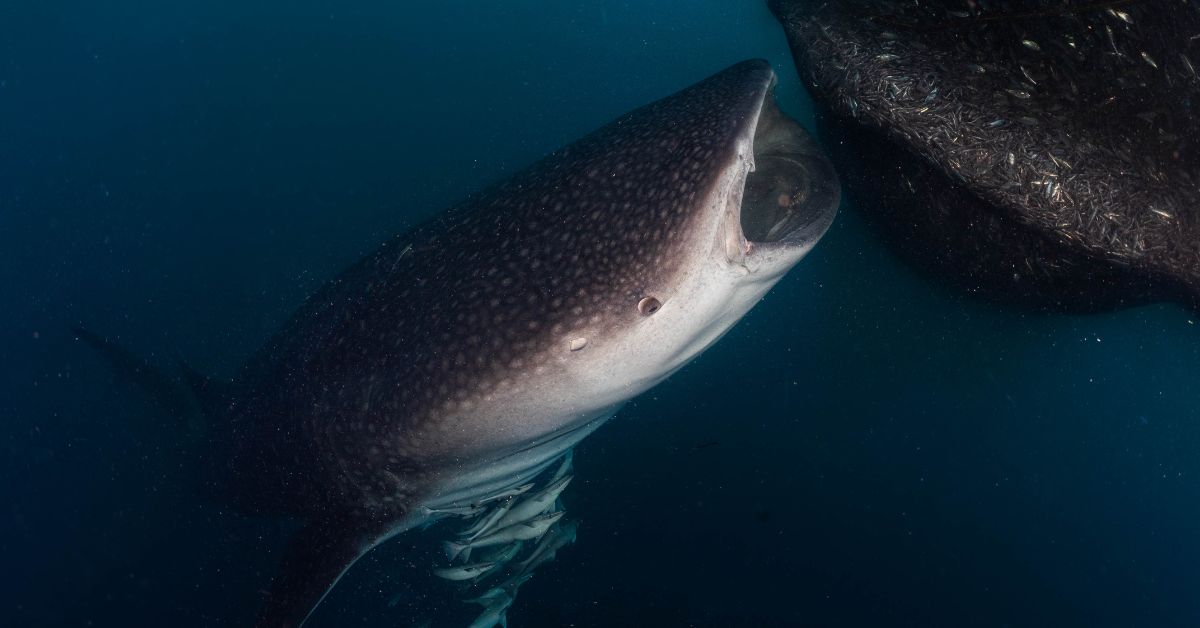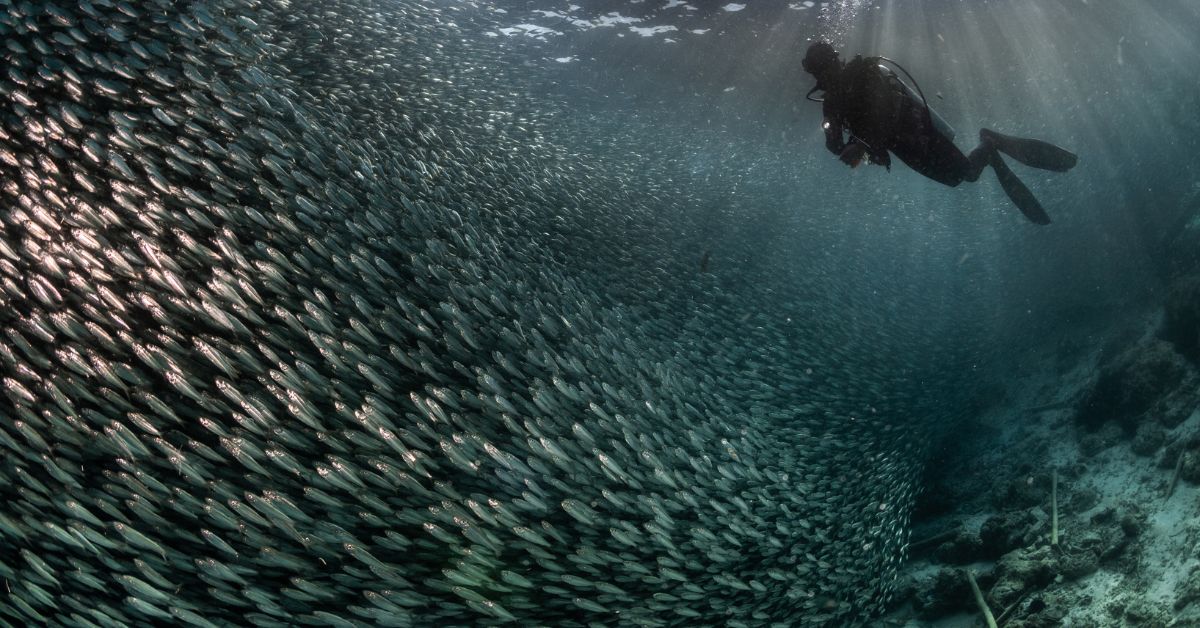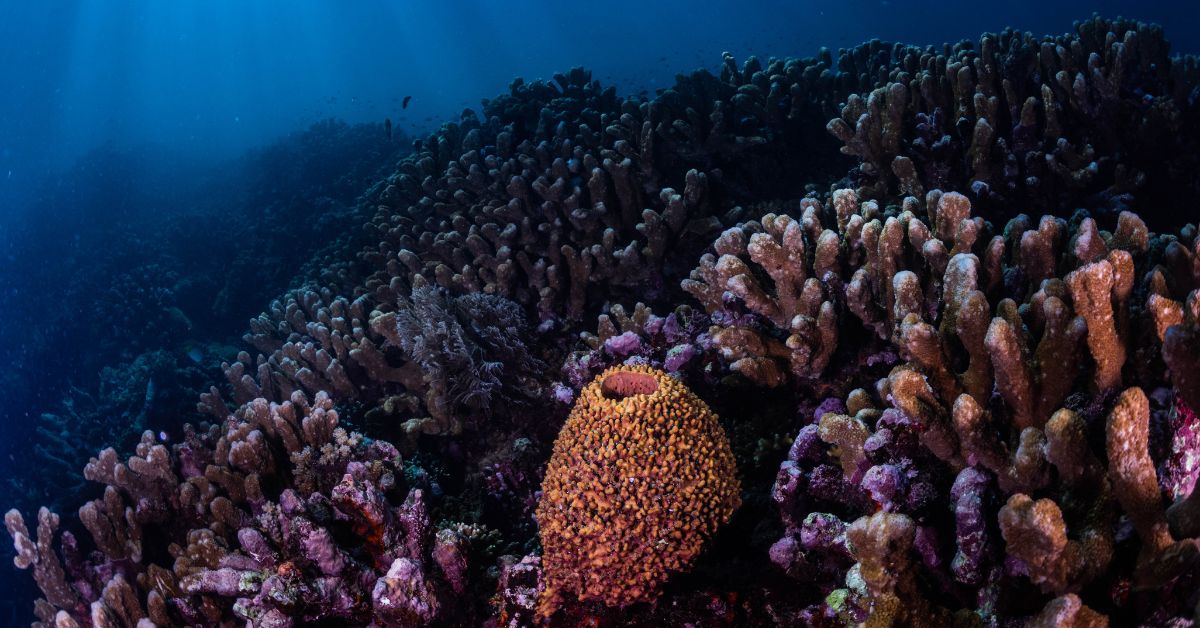During a scuba diving adventure, clear communication is essential to ensure the safety and enjoyment of all participants. While verbal communication is not an option underwater, divers have developed a system of hand signals to communicate with each other. These signals help prevent misunderstandings and ensure everyone is on the same page.
We’ve created this guide to detail the most important scuba diving hand signals everyone should know. Becoming fluent in these signals will make your dives better.
I’m Low on or Out of Air
Running out of air is a nightmare for any diver and can be life-threatening. When you’re low on air, you’ll have to tell your diving buddy so they can share theirs as you two begin ascending. If you’re running low on air but not completely out, indicate to your buddy by making a fist with one hand and placing it over your chest.
If you run out of air, place your hand flat across your throat and make a cutting motion. Although you should prepare for this situation during every dive, it’s important to note that it’s not common. To lower the risk of it happening, check your air supply before and during the dive so you can ascend if your air gets low.
I’m Cold
It can get cold in the ocean, especially for divers who spend extended periods underwater. Tell your diving buddy immediately to prevent serious issues such as hypothermia if you feel cold. You can indicate this by crossing your arms and shaking slightly; once you give the signal, you two can ascend to the dive liveaboard.
I Need Help
During a dive, you or your diving buddy may require assistance. To communicate this, wave one or both arms over your head to quickly draw attention. This way, you can both get help or attend to a situation before it escalates.
As with many diving gestures, you may have to combine them with other signals. For instance, if you need air, you might start with the “I need help” signal to get another diver’s attention and follow up with the “I’m out of air” signal.

I’m Okay
While there may be times when you need help, there will also be instances where you just want to let your diving buddy know that you’re doing okay. Form a circle with your thumb and index finger to perform this gesture, extending the other fingers. Use this signal frequently to check in with your buddy and confirm your safety and comfort.
Avoid using a thumbs-up gesture for this signal, as it does not mean the same thing as it does on dry land. Rather, other divers may misinterpret it as the “ascending” signal, which we will discuss below.
Descend and Ascend
When you and your diving buddy need to descend or ascend, you must communicate this so you both do so simultaneously to avoid separation or injury.
Descend
The signal to descend involves making a fist and pointing your thumb downward. If your diving buddy is ready, you’ll begin your descent together. Coordinating your descent ensures that you two remain together so you can communicate throughout the dive.
Ascend
You may have to ascend for many reasons, including low air, feeling cold, or experiencing an emergency. As we mentioned earlier, ascending is a crucial part of any dive, and you’ll signal this by making a fist, giving a thumbs up, and moving your hand upward. This signal tells your diving buddy that it’s time to start ascending, and you should do so slowly and together to prevent decompression sickness.
Equalizing Troubles
As you descend, you may experience pressure in your ears and have to equalize them. Experiencing this can be highly uncomfortable and even painful.
If you’re having trouble equalizing, make eye contact with your diving buddy and point directly to your ear with your index finger. To alleviate the pressure, you may also have to make the ascending signal and slowly rise to a shallower depth before descending again.
Look Over There
Another scuba diving hand signal that everyone should know is the “look over there” gesture; this helps draw attention to something interesting. Gesture to your eyes and then point your index finger toward the object or area you want your buddy to see. This nonurgent communication helps share the underwater experience and ensures that everyone knows their surroundings.
Turn Around
If you need to tell your scuba diving buddy to turn around and look at something, make a circular motion with your index finger in front of your face while maintaining eye contact.
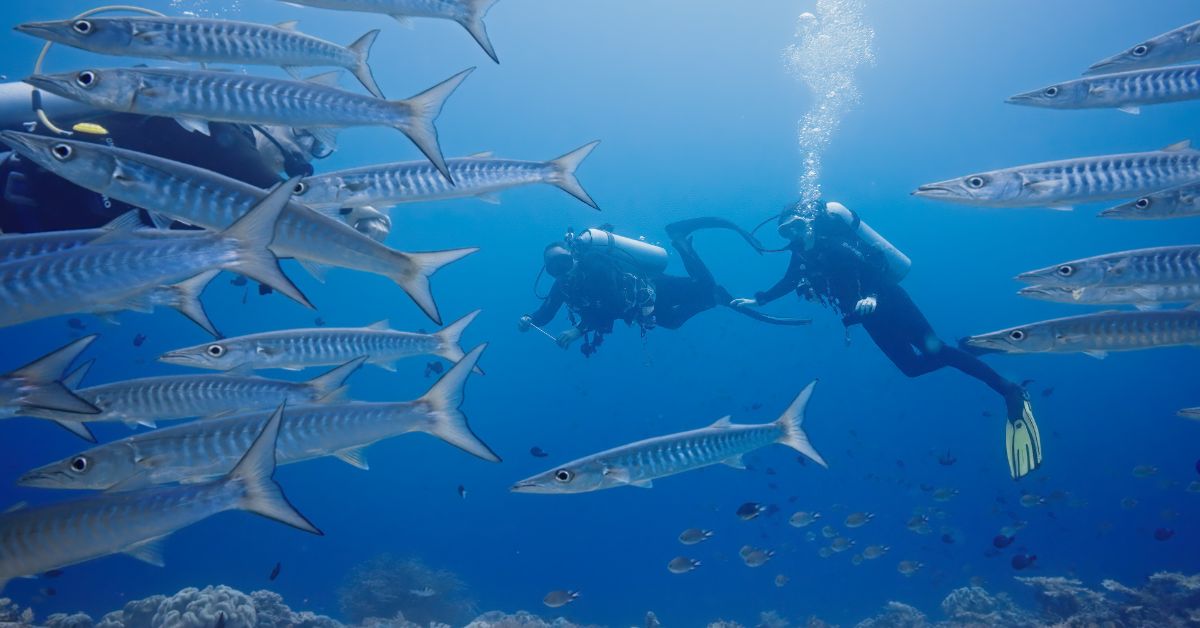
Slow Down
Sometimes, divers can get excited when they encounter unique marine life or an interesting underwater landscape. However, it’s important to maintain a slow and steady pace during the dive to conserve energy and prevent accidents. If you want your buddy to slow down, hold your hand flat and move it up and down repeatedly; this signal will notify them without disrupting their focus.
Stop and Danger
The “stop” and “danger” signals are different but closely related. You may use one or both together to communicate danger. However, there may be times when you have to make the “stop” gesture without the “danger” signal. For example, you need to address an issue with your equipment.
Stop
To tell a fellow diver to stop, hold up three fingers with one hand and hold the other over it. This signal indicates that the person should slow down and listen for further instructions.
Danger
If you see a specific danger, such as a shark or strong current, cross your arms over your chest and make fists with your hands. From here, both of you should follow the protocol provided by your diving instructor.
Communication Is Crucial
Chances are that you wouldn’t go to a foreign country without knowing some of the essential keywords of the primary language, and diving is no different. Scuba diving is a team activity, so understanding the important diving signals helps ensure effective communication.
The better you communicate, the more likely you are to enjoy every moment of your underwater adventure. Ensure that you and your diving buddy know and practice all the necessary signals before every dive to stay safe and have a great experience.
Plan Your Next Scuba Adventure
Dewi Nusantara offers scuba diving adventures in Indonesia’s most beautiful diving spots. Our experienced crew and luxurious liveaboard allow you to explore the stunning underwater world. On adventures such as our Forgotten Islands liveaboard, you’ll visit the best dive spots in the Banda Sea and observe species such as olive sea snakes, spinner dolphins, and whales. Schedule your next scuba diving trip with us and experience the magic of the ocean.


